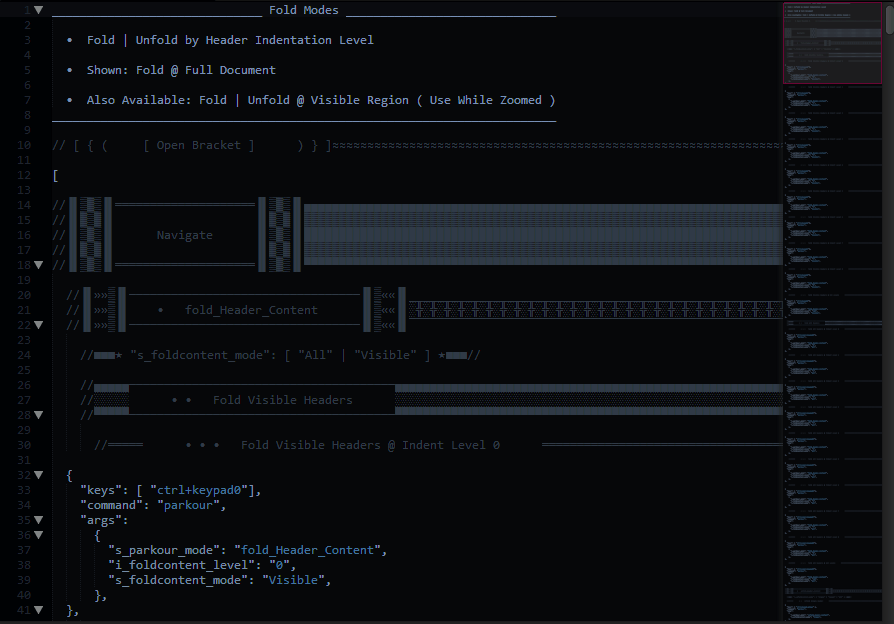importance: minor/“fringe”
syntax.html gives an example of a PHP heredoc in which the end of the heredoc is matched using
-match: ^\1
\1 used to match a previously captured pattern.
I tried to do something similar in order to set a scope name according to a previously matched pattern
- match: "^\\s*([a-z.]+): .* // (.*)"
captures:
1: scope.name
2: \1
the idea was to have a custom syntax for a .myScheme file (from which a standard tmScheme file would be generated), The source would preview itself in the comments.::
markup.deleted: #a1000d
meta.diff.header: #ffffff/#4e738a // --- D:\st3portable\Data\Packages\MyScheme\x.txt
meta.diff.range: #888888 <i> // @@ -34,6 +34,5 @@
The first // comment would have scope name meta.diff.header and be shown as white text on a different background and the second comment would have scope meta.diff.range and text shown in grey italics.
(BTW: my suggestion is that \1 etc be allowed in the captures: list, unless it would open up a horrible can of worms)
ETA: I just noticed the suggestion for a YAML based format for tmscheme which would make my plugin immediately redundant. However maybe the YAML-solution could benefit from such a change.


 User must allow in settings the „blessed” plugins, so they don’t end up with gutter hell.
User must allow in settings the „blessed” plugins, so they don’t end up with gutter hell.

